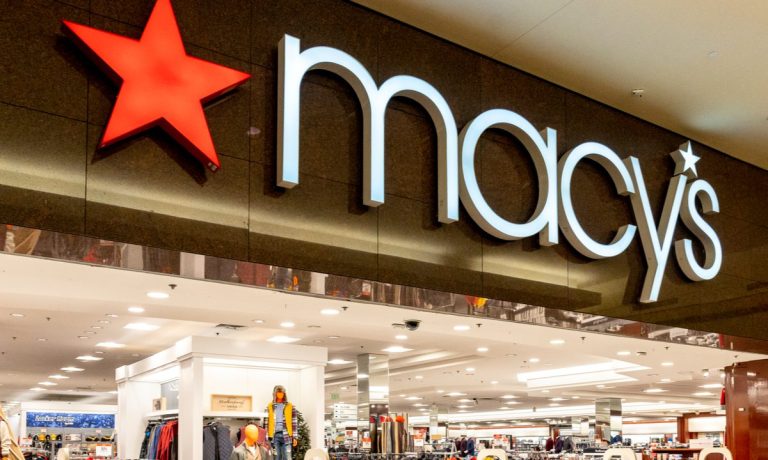
While apparel brands such as Gap, Kohl’s and Nike have all struggled with excess inventories this year, Macy’s has managed to avoid this problem.
The department store chain’s inventory was up 7% at the close of its most recent quarter, compared to 37% at Gap, 44% at Nike and 48% increase for Kohl’s, The Wall Street Journal (WSJ) reported Wednesday (Oct. 5).
Macy’s executives told WSJ they were able to keep inventories low by cutting back on merchandise orders early after reviewing credit card data that showed consumers spending more on gas and food due to inflation, as well as an increase in travel and entertainment spending. They also studied data showing inflation outpacing wages, a sign that discretionary spending could drop.
“The key question was, how do we get the right composition?” Macy’s Chief Financial Officer (CFO) Adrian Mitchell said, per the report. “Where do we need to pull back in certain brands and where do we need to add?”
Macy’s chose to reduce orders of comfy clothing and home products that had sold well in the pandemic and increase orders for office wear and for occasions such as weddings.
Kohl’s reported in August that it had been “disproportionately impacted” by inflation and diminished consumer spending and would need to be more aggressive with its promotions to clear its inventories.
Read more: Stage Set for Retail Slugfest as Kohl’s Plans Aggressive Discounting
“Our second quarter results reflect a middle-income customer that has become more cost-conscious and is feeling greater pressure on their budget,” Kohl’s CEO Michelle Gass told investors during an earnings call.
Nike, meanwhile, pledged last week to take “decisive action” — as CFO Matthew Friend put it on an investors call — to sell off its excess inventory, with an emphasis on “specific pockets of seasonally late product, predominantly apparel.”
See more: Nike Promises ‘Decisive Action’ on Inventory, More Investment in D2C
The company saw its North American inventories increase by 65%, while unpredictable delivery times caused in-transit inventories to jump 85%. CEO John Donahoe said the company plans to push ahead with its direct-to-consumer (D2C) and marketplace strategy.
For all PYMNTS retail coverage, subscribe to the daily Retail Newsletter.